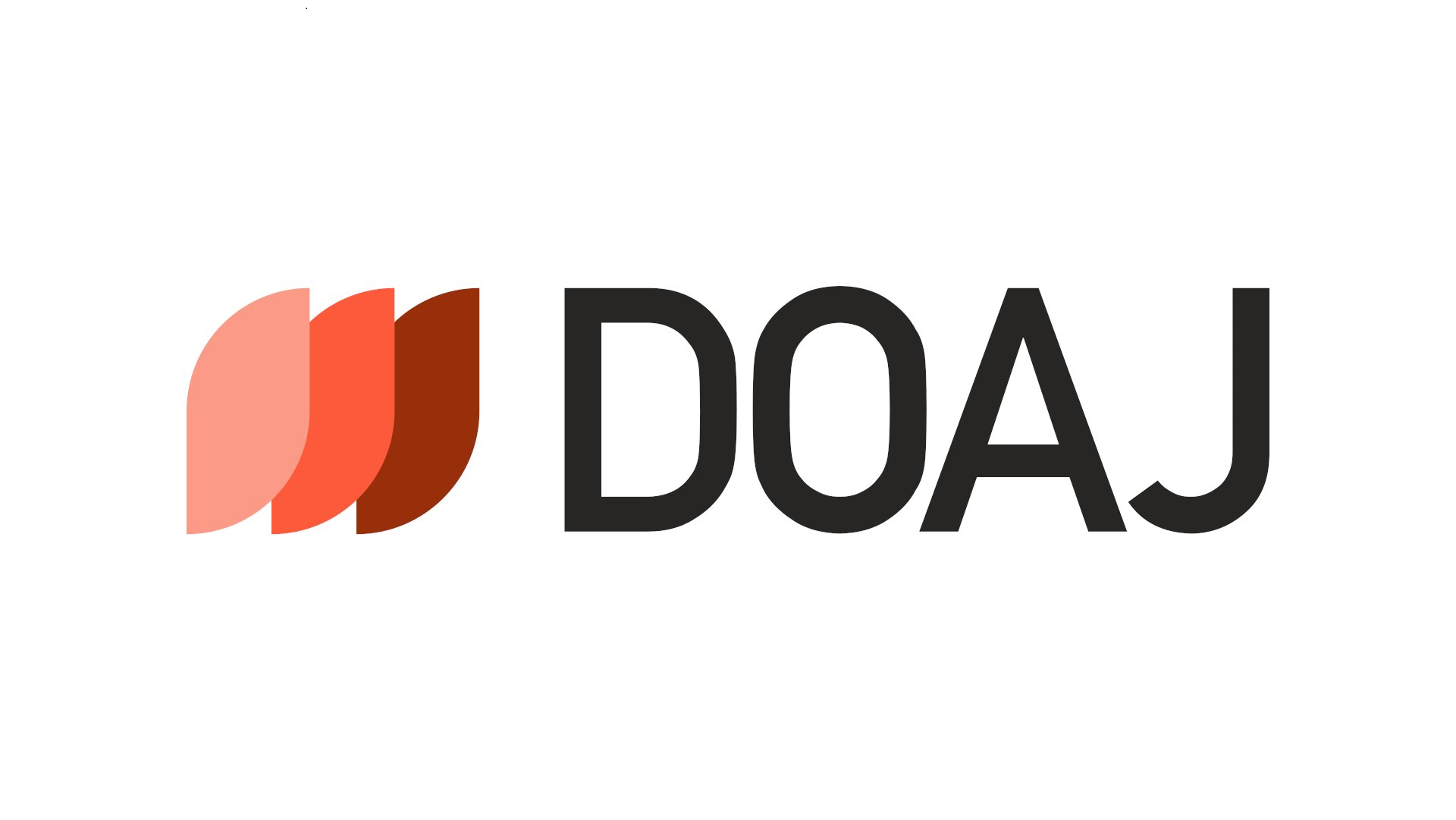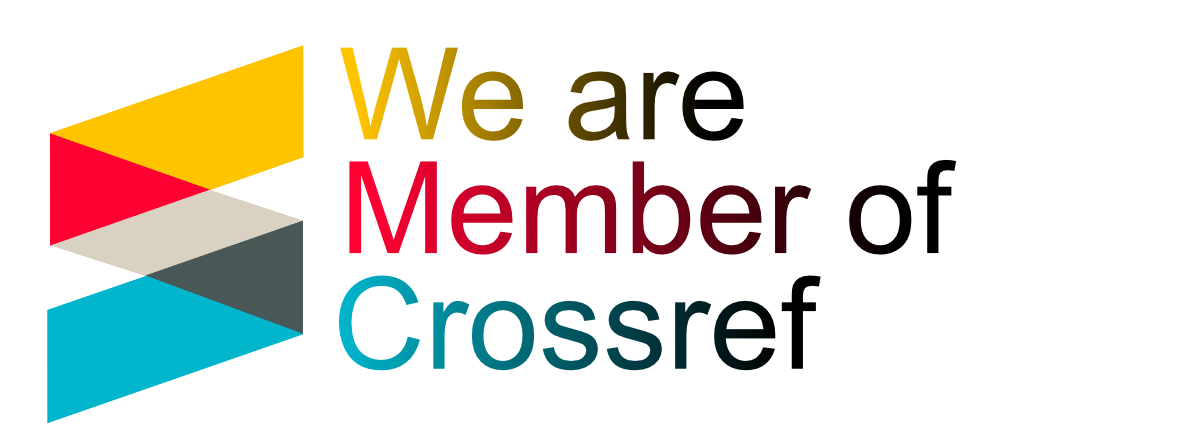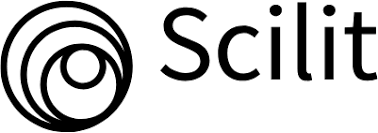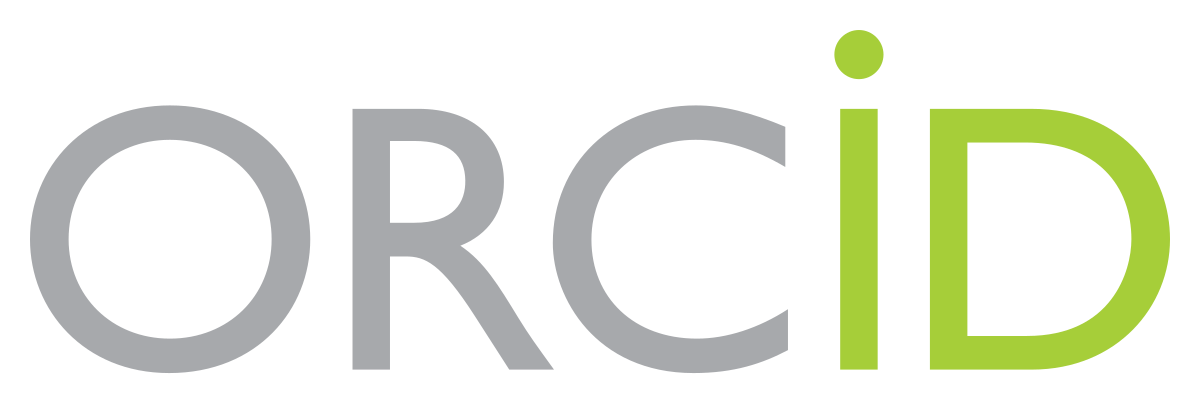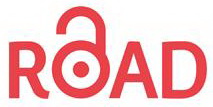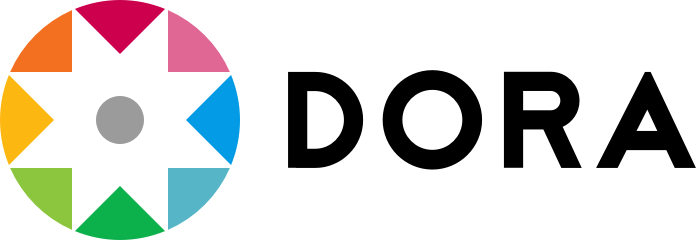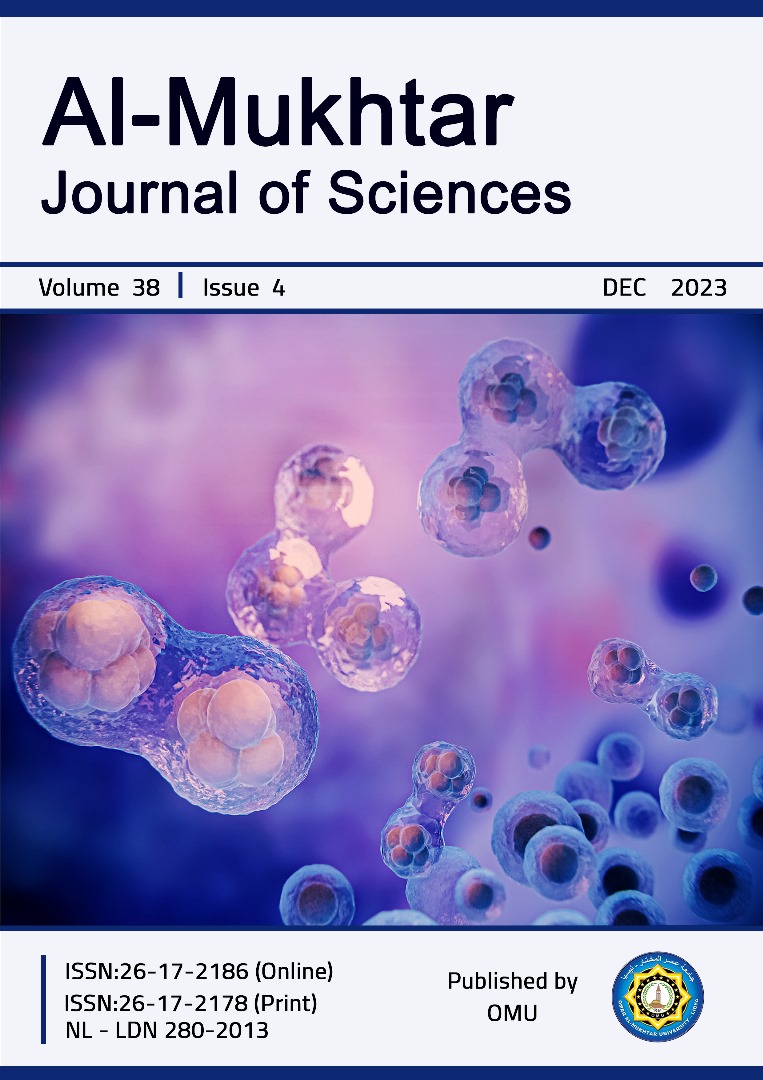Characterization and Isolation of Fungi from Domestic Pigeon Droppings in the Governorate of Erbil and its Suburban Area
- Authors
-
-
Neveen N. Rajab
Department of Biology, Faculty of Science, Salahaddin University-Erbil, Kurdistan Region, Iraq.Author -
Nadeem A. Ramadan
Hadbaa University College, Mo-sul, Iraq.Author
-
- Keywords:
- Fungi, Pigeon droppings, Aspergillus sp
- Abstract
-
A total of 200 samples of domestic bird droppings were collected from 54 regions in Erbil Governorate and its suburbs, and 23 of the isolates were fungi obtained by using the Niger bird seed medium and Sabouraud dextrose agar medium. The fungal genera were identified through macroscopic, microscopic, and phenotypic properties on agar plates and slides by staining with Lactophenol cotton blue stain. Findings belong to nine genera (Aspergillus, Alternaria, Chrysosporium, Cunninghamella, Helminthosporium, Mucor, Penicillium, Rhizomucor, and Rhizopus). Among the isolates, six species belonging to Aspergillus were identified which also had the highest frequency (44.4 %) in total genera, while the lowest frequency was (0.1 %) for Alternaria sp., Chrysosporium sp., Cunninghamella sp. Results reveal that 17 sites' samples of bird droppings produced negative results when tested on Niger bird seed agar, while only two locations produced no results when tested on Sabouraud dextrose agar. Thus, Sabouraud dextrose agar (SDA) is thought to be better than Niger bird seed agar (NBSA) for isolating fungi since it is considered a generally rich media for them.
- Downloads
-
Download data is not yet available.
- References
-
Abbas, M.S., Yassein, S.N. and Khalaf, J.M., 2017. Isolation and identification of some important mycological isolates from dropping of birds in Baghdad. J Entomol Zool Stud, 5(53):671-673.
Abulreesh, H.H., Organji, S.R., Elbanna, K., Osman, G.E.H., Almalki, M.H.K. and Abdel-Mallek, A.Y., 2015. First report of environmental isolation of Cryptococcus neoformans and other fun-gi from pigeon droppings in Makkah, Saudi Arabia, and in vitro susceptibility testing. Asian Pacific Journal of Tropical Disease, 5(8):622-626.
Balajee, S.A., Houbraken,J.,Verweij,P.E,Hong,S.B,Yaghuchi,T.,Varga,J.,Samson, R.A. 2007. As-pergillus species identification in the clinical setting. Stud Mycol. 59:39-46.
Dhama, K, Chakraborty, S, Verma, A.K, Tiwari, R, Barathidasan, R, Singh, S.D. 2013. Fungal / Mycotic Diseases of Poultry-diagnosis, Treatment and Control: A Review. Pakistan Journal of Biological Sciences 16(23):1626-1640.
Dugan, F.2006. The Identification of Fungi: An Illustrated Introduction. With key, Glossary, and Literature. The American Phytopathological Society.
Dynowska, M., Biedunkiewicz, A., Kisicka, I., Ejdys ,E.,Kubiak ,D., Sucharzewska ,E. 2015. Epi-demiological importance of yeasts isolated from the beak and cloaca of healthy Charadrii-formes. Bulletin of Veterinary Institution Poultry 59:65-69.
Elhariri, M., Hanza, D., Elhelw, R. and Refai, M 2015. Lovebirds and Cockatiels Risk Reservoir of Cryptococcus neoformans, a Potential Hazard to Human Health. J. Vet. Sci .Med .Diagn. 4:4.
Fraga, M.E., Medeiros, M.E. and Neves, D.M., 2011.Study Aspergilli during the quarantine period parrot CenterScreening of Wild Animals (CETAS) IBAMA, Seropédica RJ.Revista Brasileira de Medicina Veterinária, 33:68-72.
Grisin, T., C., Bories, P. M., Loiseau, Bouchemal, K. 2017. Cyclodextrin-mediated self-associating chitosan micro-platelets act as a drug booster against Candida glabrata mucosal infection in immunocompetent mice. Int. J. Pharm. 19:381–389.
Gao, L. and Liu, X., 2010. Nutritional requirements of mycelial growth and sporulation of several biocontrol fungi in submerged and on solid culture. Microbiology, 79:612-619.
Hashemi, S.J., Jabbari, A.G., Bayat, M. and Rafei, S.M. 2014. Prevalence of Cryptococcus neoformans in domestic birds referred to veterinary clinics in Tehran.Eur.J.Exp.Biol. 4(1): 482-486.
Hockey, L.J., Fujita, N.K., Gibson, T.R., Rotrosen, D., Montgomerie, J.Z. and Edwards Jr, J.E., 1982. Detection of fungemia obscured by concomitant bacteremia: in vitro and in vivo stud-ies. J. Clinical Microbiology,16: 1080-1085.
Hubálek, Z.1976.Influence of pH on the occurrence of fungi in bird’s nests. Z. Allg.Mikrobiol 16, 65–72.
John, F.T. Spencer and Alicia, L.Ragout de Spencer.2001.Food Microbiology Protocols.Methods in Biotechnology 14. 495.
Korniłłowicz-Kowalska, T.; Kitowski, I. 2013. Aspergillus fumigatus and other thermophilic fungi in nests of wetland birds. Mycopathologia 175: 43–56.
Korniłłowicz-Kowalska, T.; Kitowski, I.; Iglik, H. 2011. Geophilic dermatophytes and other keratinophilic fungi in the nests of wetland birds. Acta Mycol. 46: 83–107.
Korniłłowicz-Kowalska, T.; Kitowski, I.; Bohacz, J.; Kwiatkowska, E. Fungal Frequency and Di-versity in the Nests of Wetland Birds from Poland: relationships between Birds, Nest Proper-ties and inhabiting Fungi. Avian Biol. Res. 2018, 11, 245–262.
Lee, WD; Fong, JJ; Eimes, JA and Lim, YW 2017. Diversity and abundance of human-pathogenic fungi associated with pigeon faeces in urban environments. Mol.Ecol.26: 4574-4585.
Chae, H., et al. (2012). "Rapid direct identification ofCryptococcus neoformans from pigeon drop-pings by nested PCR usingCNLAC1 gene." Poultry Science 91(8): 1983-1989.
Elhariri, M., et al. (2015). "Lovebirds and cockatiels risk reservoir of Cryptococcus neoformans, a potential hazard to human health." J Vet Sci Med Diagn 4 4: 2.
Pasanen, A.L. A review: Fungal exposure assessment in indoor environments. Indoor Air 2001,11,87–98.
Rastogi, G.; Sani, R.K. Molecular techniques to assess microbial community structure, function, and dynamics in the environment.In Microbes and Microbial Technology; Ahmad, I., Farah, A., John, P., Eds.; Springer Science & Business Media, Agricultural and Environmental Applica-tions: Berlin/Heidelberg, Germany, 2011; pp. 29–57.
Rodrigues, A.M., de Hoog, G.S., de Cássia Pires, D., Brihante, R.S.N., da Costa Sidrim, J.J., Gadelha, M.F.,Colombo, A.L. and de Camargo, Z.P. 2014. Genetic diversity and antifungal susceptibility profiles in causative agents of sporotrichosis. BMC Infect. Dis. 14(1): 219.
Santos, L.L., Ferreira, F.M., Lopes, S.F., Condas, L.A., Muro, M.D. and Lugarini, C., (2009). Search for Cryptococcus neoformans and Candida spp. in feces of captive parrots and passerines. Ar-quivos de Ciências Veterinárias eZoologia da UNIPAR,12:5-9.
Silva, M.E. and Paula, L.A., 1963. Isolation of Cryptococcus neoformans from excrement and nests of pigeons (Columba livia) in Salvador, Bahia (Brazil). Revista do Instituto de Medicina Tropical de São Paulo 5:9-11.
Tell, L.A., 2005. Aspergillosis in mammals and birds: impact in veterinary medicine. Medical My-cology, vol. 43, no.s1,suppl. 1, pp.71-73.
Touimi-Benjelloun, A., Bonaly, R. and Reisinger, O., 1976. Study of the Rhodotorula rubra cell wall. VII Influence of chloramphenicol on its morphology and phosphatase activity (author's transl). Chemico-biological Interactions, 12(3-4):403-414.
- Downloads
- Published
- 2023-12-31
- Issue
- Vol. 38 No. 4 (2023)
- Section
- Articles
- License
-
Copyright (c) 2023 Neveen N. Rajab, Nadeem A. Ramadan (Author)

This work is licensed under a Creative Commons Attribution-NonCommercial 4.0 International License.
Copyright of the articles Published by Almukhtar Journal of Science (MJSc) is retained by the author(s), who grant MJSc a license to publish the article. Authors also grant any third party the right to use the article freely as long as its integrity is maintained and its original authors and cite MJSc as the original publisher. Also, they accept the article remains published by the MJSc website (except in the occasion of a retraction of the article).
How to Cite
Similar Articles
- Soad Ajroud, Raga A. Elzahaf, Yassmin El hassady, Maternal Mortality at Al-Wahda Tertiary Hospital/ Derna -Lybia , Al-Mukhtar Journal of Sciences: Vol. 39 No. 1 (2024)
- Fathy A. Abdolmejed , The Visual Outcome of Gunshot Injury after Last Civil War in Tobruk-Libya: A Retrospective Study , Al-Mukhtar Journal of Sciences: Vol. 39 No. 2 (2024)
- Nusieba A. M. Ibrahim, Yahya S. E. Mansour, Antibiotic Prescribing Treatment for Acute Gastroenteritis and Respiratory Illnesses among Children in Al-Bayda, Libya: A Cross-sectional Descriptive Study , Al-Mukhtar Journal of Sciences: Vol. 39 No. 3 (2024)
- Halemah M. Alashoury, Khalid Othman, Study of Bacterial Contamination in the Operating Room and Newborn Intensive Care Unit: Effects of the Predominantly Used Antibiotics at Sabratha Teaching Hospital , Al-Mukhtar Journal of Sciences: Vol. 39 No. 3 (2024)
- Abdelhaq A. Elmansori, Adel A. Eljamel, Ezzidn E. Ellafi, Farag M. Bensoaoud, Laila A. Elwerfali, Khalid S. Alamismaery, Abdelmanam A. Almabsout, Perioperative Use of Intravenous Lidocaine Infusion to Decrease Postoperative Opioids in Colorectal Surgery: A Randomized Prospective Study , Al-Mukhtar Journal of Sciences: Vol. 39 No. 3 (2024)
- Khaled Faiz, Jamal Gomati, Tariq Elhoony, Tariq Aldarat, Salah Eltaktouk, Muftah Elkhafifi, Ali Abokiash, Raouf Kwafi, Issa Abuzied, Iliopsoas Abscess: Presentation, Etiology, Treatment Options, and Outcomes: A Retrospective Analysis of 19 Cases , Al-Mukhtar Journal of Sciences: Vol. 40 No. 1 (2025)
- Jebril S. Elabidi, Asmaa F. Salih, Monia F. Abusarayi, Epidemiological and Clinical Characteristics of Pediatric Urinary Tract Infections in Benghazi, Libya: A Two-Year Retrospective Study , Al-Mukhtar Journal of Sciences: Vol. 40 No. 1 (2025)
- Naseralla J. Elsaadi Suliman, Sara I. El Fallah, Factors Influencing Postoperative Hospital Stay Following Colorectal Cancer Resection , Al-Mukhtar Journal of Sciences: Vol. 38 No. 3 (2023)
- Noor E. AL-Attar, Abeer A. Al–Hadidy, The Relationship of Betatrophin and Kisspeptin with Related Hormones in Women Newly Diagnosed with Polycystic Ovary Syndrome , Al-Mukhtar Journal of Sciences: Vol. 38 No. 3 (2023)
You may also start an advanced similarity search for this article.
